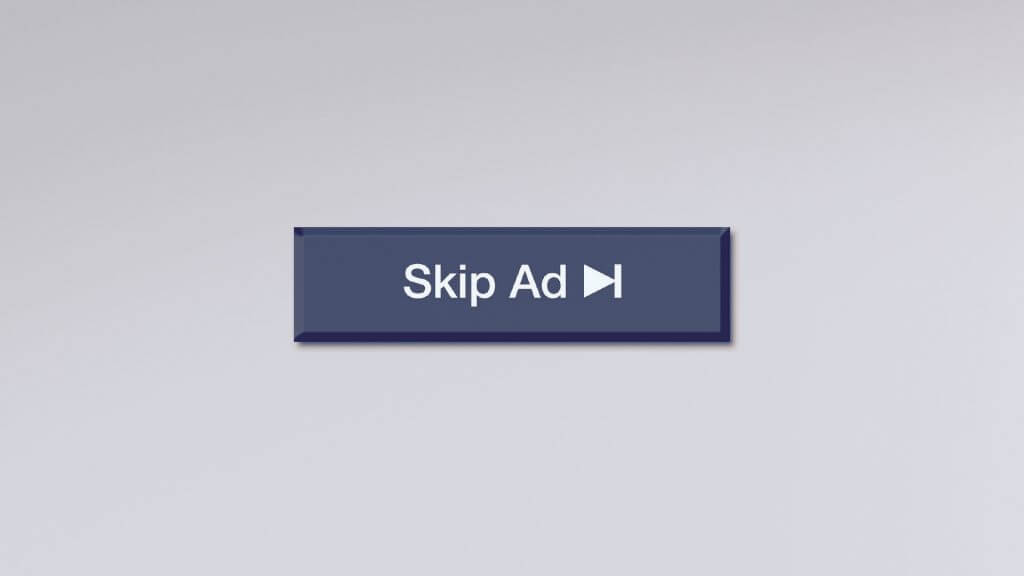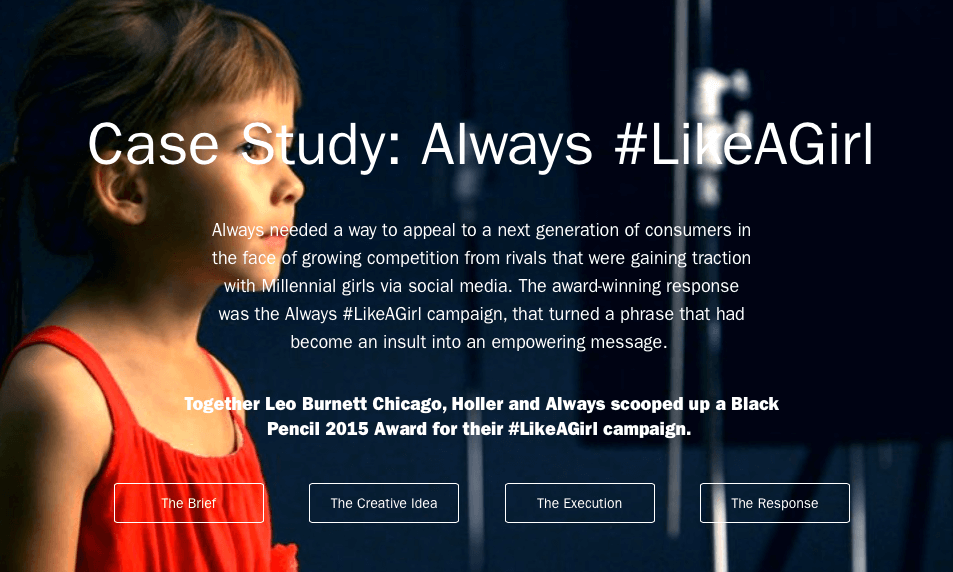Howard L. Gossage, one of my pillar saints, was crazy in the very best sense of the word, yet probably not too happy, but definitely a wise man. He was called the "Socrates of San Francisco", where he ran his advertising agency from 1957 until his untimely death in 1969. And Gossage was a Mad Man of the purest water.
Mad enough not to reside at the obligatory address Madison Avenue (NY, NY) and mad at advertising, which at that time consisted to an even greater extent of silly advertising than today. His very cleverest sentence handed down is especially valid today and answers a lot of questions for all who understand it, similar to the wise words of Socrates of Athens: "The wise man learns from everything and from everyone, the normal man from his experiences, and the stupid man knows everything better".
What we urgently need to learn.
Especially in our fast-paced world of marketing communication, learning is a daily duty, understanding the new is one of the main subjects on the timetable. Yet: some things never change, but are still persistently ignored.
Because what we could really urgently learn, one way or another, is firstly that people are not as stupid as advertising departments and agencies imagine them to be, as they are then portrayed in campaigns, and that they are also not as stupid as they very often behave.
Secondly, that although it has worked for decades to push advertising messages in front of as many defenceless consumers as possible, it was therefore never right, certainly not popular and not at all respectful.
Our chance: nobody buys products.
And thirdly, we could slowly learn that consumers are not defenceless, but in power. At the latest when the first website went online since 6 August 1991. The web has turned consumers into people again, in theory at least, even if they often behave quite differently in practice, namely quite stupidly.
This correction of the balance of power may frighten the old-fashioned troublemaker advertiser, but in fact it offers more opportunities for success than ever before. On the web, companies, services and brands can meet people at eye level in a variety of ways.
What's more, it's no longer about products, but about meaning. That's why you can be the biggest accommodation provider in the world today without owning a single key to a hotel room - see Airbnb . It's how you can be the biggest media in the world without hiring a single journalist - see Facebook. And it's how you can sell products that do less than others at higher prices than others - see Apple.
The bitter truth is: Nobody is interested in our shit.
Markets have turned into relationships and even more into frantic incessant conversations. Brands can join these conversations. Yes, we as - former - advertisers can also initiate them and if we are intelligent even enrich them. But what are all the old-fashioned advertising "buy me" shouting methods trying to do? To manipulate, influence, disrupt the conversation. To trick the audience.
Magic words like native ads or pre-, mid- and post-rolls disguise the old desire to push advertising messages in front of as many defenceless consumers as possible in a contemporary consumer approach. If possible, distributed with the highest level of programmatic efficiency. That is not advertising, that is adverstalking. This belongs to the same stone age in which the "end consumer" was spoken of and is nothing other than what was called "surreptitious advertising" in the stone age itself.
Click rates, likes and followers make you think they are effective, but suddenly Facebook admits that the great success figures unfortunately come from Fakebook after all. Is it any wonder that people invent new tools themselves because they want to protect themselves from them? No, it is no wonder that people spend money so that they no longer have to encounter advertising and that adblockers are spreading rapidly. If "skip ads" had an Instagram account, even Selena Gomez would be writhing in envy over its follower numbers.
This spectacularly wrong thinking of the so-called professionals not only puts people on edge and brands in trouble. People's defensive behaviour is increasingly putting publishers on the spot: they are caught in the friendly crossfire of their two customer groups and should work vigorously on sustainable solutions with all the ingenuity they can muster.
 Dear people, this is how we used to work, with the greatest of successes. That's how we used to think. Because of me: We didn't know any better, we couldn't do any better, we were young and needed the money. Then we knew better and couldn't do better. Now we know better, even those who don't admit it, and we could do better.
Dear people, this is how we used to work, with the greatest of successes. That's how we used to think. Because of me: We didn't know any better, we couldn't do any better, we were young and needed the money. Then we knew better and couldn't do better. Now we know better, even those who don't admit it, and we could do better.
Is there really any other way? Yes, absolutely. Yes, successfully. Yes, only. Story instead of advertising is the motto, because: No Story. No Glory.
What business are you really in?
At this point, I always pull the Always #likeagirl example out of my sleeve and approvingly do my admiration hat again for the current occasion. Be sure to check out this project.
Always has been involved in supporting the self-confidence of girls and women since 2014, i.e. in a topic area in which the product itself also makes a contribution and can thus do so credibly.
With Always , they have understood what business they are really in. When they talk to their young audience, it's not first and foremost about selling products from the feminine hygiene industry, but about a relationship and meaning. About the basic issue that really gets a hold of girls at this age, namely their - disappearing - self-confidence.
Always has quite rightly recognised that they are in the confidence business. That's where the girls' longing burns. That's where the real, the emotional benefit for the girls can emerge and with it the meaning of the brand and a serious relationship at eye level. That's where the brand gets distinctiveness through relevance. That is a brand story that can really call itself that.
And it is precisely these mechanics that we need to understand, then we can emulate them for our own work. Story instead of advertising.
Here's the video of the launch of the #likeagirl initiative:
This campaign, in fact: this movement works on the topic of self-confidence/self-worth of girls with constantly new initiatives in different aspects and does not leave it at emotional films. Always really cares about the issue and activates the movement in schools, in summits, in development aid ...
Brand experience the way it should be, and successful too. Successful as a campaign, successful in its impact, successful for the brand. Here is a compact, somewhat older case study:
Every year in August, #likeagirl brings a new theme. This year it's "Keep going like a girl!" so don't give up!
 That is brand storytelling in perfect form, not storytellingbut storysharingBrand and audience share common values, a common desire is activated. And in such a way that the audience seeks it, actively participates in it and is not harassed. On the contrary. What do we care about an ad blocker?
That is brand storytelling in perfect form, not storytellingbut storysharingBrand and audience share common values, a common desire is activated. And in such a way that the audience seeks it, actively participates in it and is not harassed. On the contrary. What do we care about an ad blocker?
That's what story is ultimately about: the shared story of audience and brand. When this story is shared by the audience - symbolically and literally - then storytelling turns into storysharing and then clicks and likes, which are not very meaningful because they are often distributed all too superficially, turn into priceless involvement.
Brand story is not an advertising gimmick.
If you look at the implementation of the campaign in German-speaking countries, you will be scared to death, because that's not how it works. Here, the topic is simply used as a stupid commercial.
The story is already on the heart-lung machine when the off-speaker says the first word and is heart- and brain-dead as soon as the product enters the picture. DOA - Dead on Arrival or Doof Without Authenticity.
And about the translation of "rewrite the rules" to "rewrite the rules", perhaps a copywriter who knows his job should invest a few more minutes of mental exercise in view of the product ... Or even better: a copywriter.
- Your brand purpose must be an authentic concern for your company: Would you also stand up for it without it bringing immediate advertising benefits to your brand?
- A brand purpose must contribute to the benefit of your audience.
- Your audience can be activated and must not remain passive observers. In this way, it becomes a supporting part of the brand purpose.
The one decisive factor for success.
By the way, this applies to everyone who does marketing communication, not just international mega-brands. It applies to B2B, it applies to small businesses, it applies to every industry. The real measures of success are Time with Brand and ROI - Return of Involvement, and not short-sighted Return on Investment. Better still ROE - Return of Engagement.
So here's the winning question: how much time does your audience spend with you and your brand, and how much do they actively participate in your story because it's relevant to them? Involvement is the one critical success factor that separates the hackneyed advertising pitch from the wheat with brand nutritional value these days.
You can sow the seeds of success on the field of your activities as early as the conception stage if you internalise a simple principle: no information without interaction.
Small talk is expensive.
I'm not saying it's easy to implement, because it's not at all. That's also why you don't find many well-done campaigns. No, it is not easy. But it is necessary.
Because if you and your audience don't have a topic of conversation that interests both of you, then all you have left is small talk about a single topic. In contrast to boring parties, it's not about the weather, but about the price. And then small talk suddenly takes on a very unpleasant meaning for you.
The key to success lies in the cassette labelled "Relevant Values". Because as soon as and only when a brand story is animated by values that touch a longing in the audience, a storyworld is created in which brand and audience meet and interact and spend precious Time with Brand together. And then a really strong bond is woven.
Push is dead. Long live Pull.
If nothing changes in the mindset that has dictated marketing communication since about 1830, i.e. if we continue to think that pushing our stuff in front of as many people as possible is a success, things will get dark. The special effect of storytelling and content marketing lies in the direct opposite of push, in pull.
If we inspire our audience with things that bring value in their lives, then we don't have to pursue it desperately, people will come to us. The prerequisite for this is that every brand understands and activates three simple principles:
- Which core value do I address in a sustainable way, i.e.: which longing of people do I share?
- How can I satisfy and nourish this longing in equal measure?
- What can I stimulate, distribute or initiate that is so important to people that they continue to distribute it because it tells them more about themselves than about me?
And still nobody is interested in our shit, but only and exclusively in their own. Therefore:
- Your story can never be about your brand and must always be about your audience.
- Your brand is not the hero, your brand has to make its users the hero.
- For your brand to get quality time with its audience, it has to be relevant. That means ... (see 1).
The principles are simple, but their implementation is not. The basic prerequisite is a change in attitude in the company itself and not just a lot of young people with Snapchat accounts in the marketing department. This starts with the company management and includes all departments, especially of course marketing, sales, service and first and foremost human resources - keyword employer branding.
By the way: The Howard Gossage sentence I so smartly teased above that reading curiosity is still blazing down here is: "Nobody reads ads. People read what interests them. Sometimes it's an ad." Story instead of advertising.
Nothing to add to that, except perhaps a quote from my grandmother, old Story Dudette: "No Story. No Glory." Isso!

